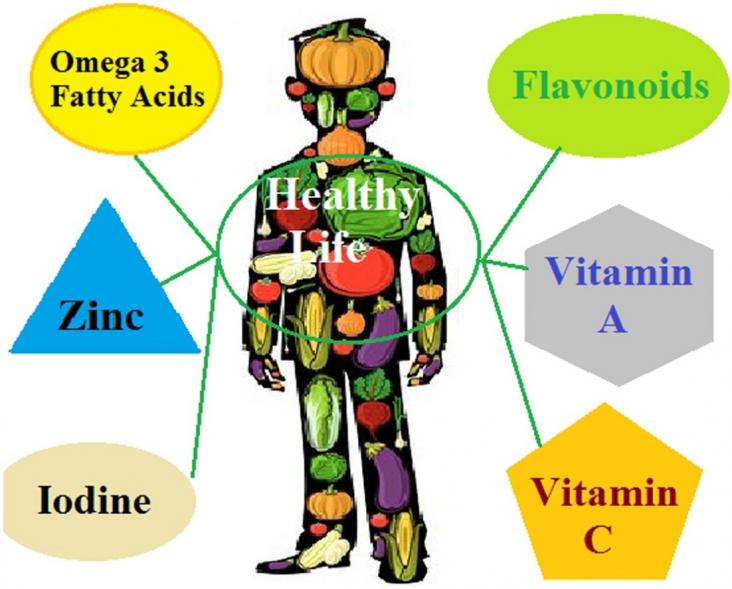
Engaging Boys and Men in Sexual Assault Prevention: Theory, Research and Practice
2022, Pages 1-27
Engaging Boys and Men in Sexual Assault Prevention: Theory, Research and Practice
2022, Pages 125-148
Engaging Boys and Men in Sexual Assault Prevention: Theory, Research and Practice
2022, Pages 365-378
Engaging Boys and Men in Sexual Assault Prevention: Theory, Research and Practice
2022, Pages 237-264
Rationale and Objectives: Our objectives were (1) to determine the extent to which gender discrimination and sexual harassment are experienced by female radiologists and trainees; (2) to examine wh

